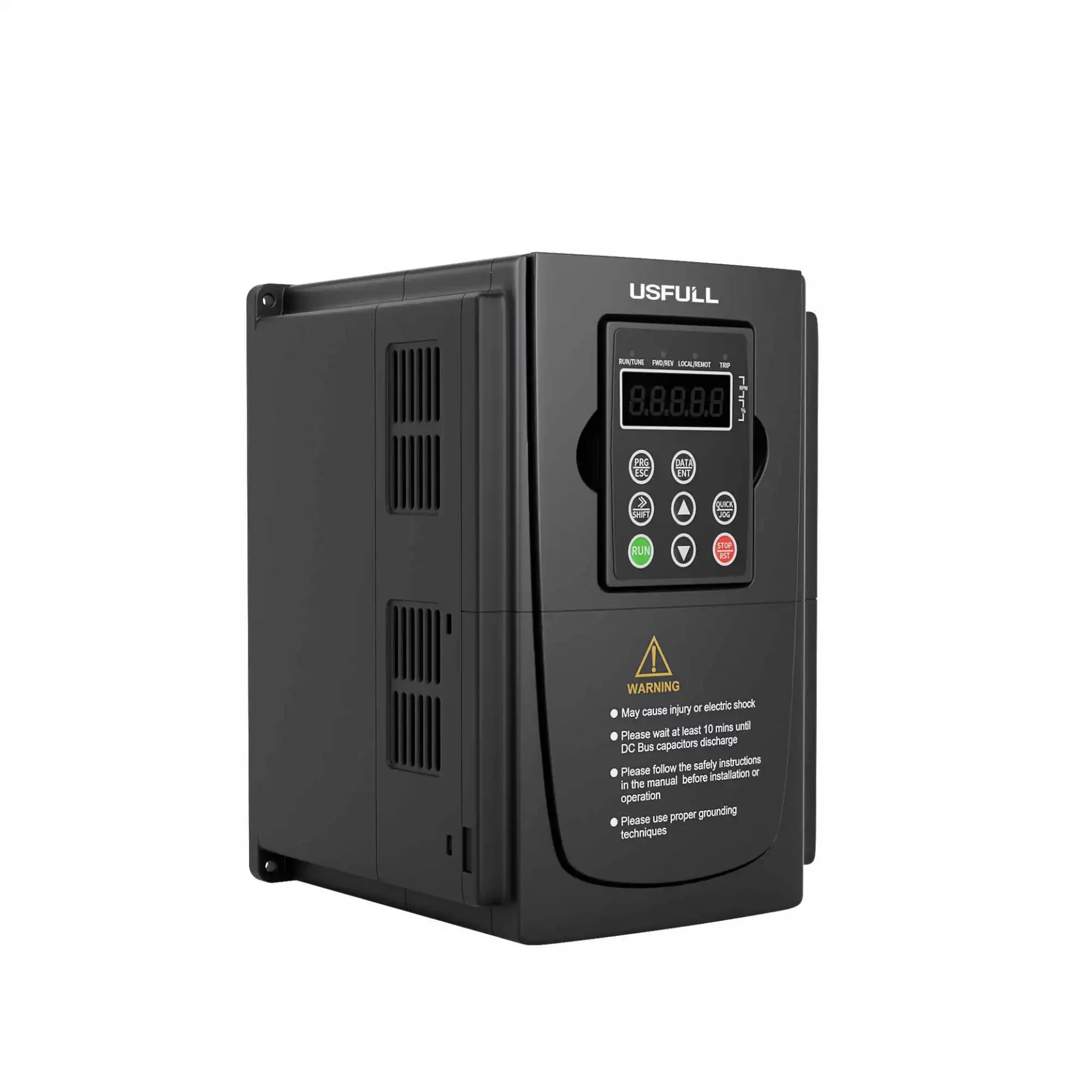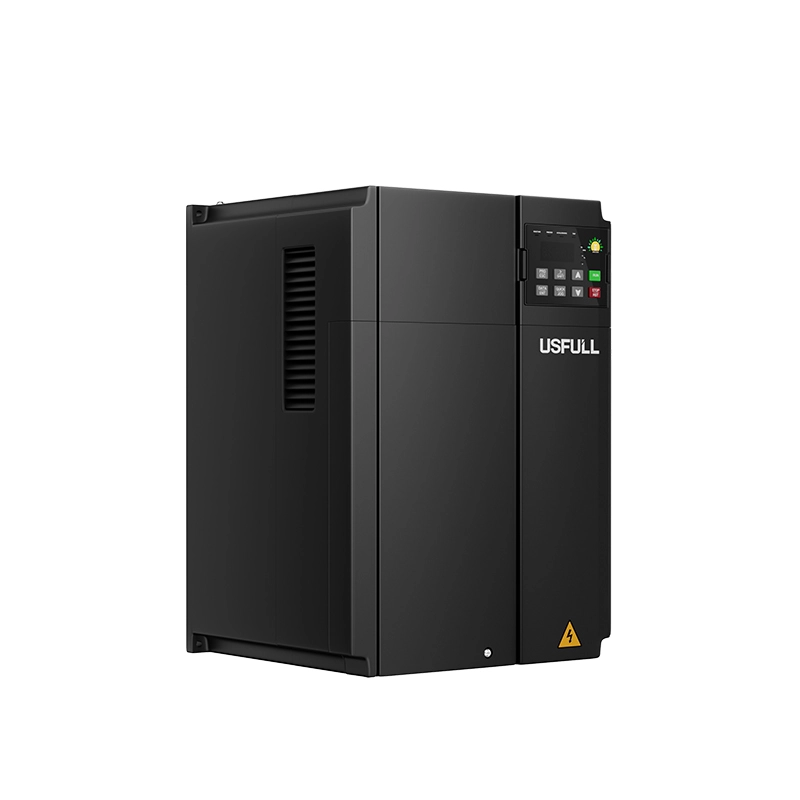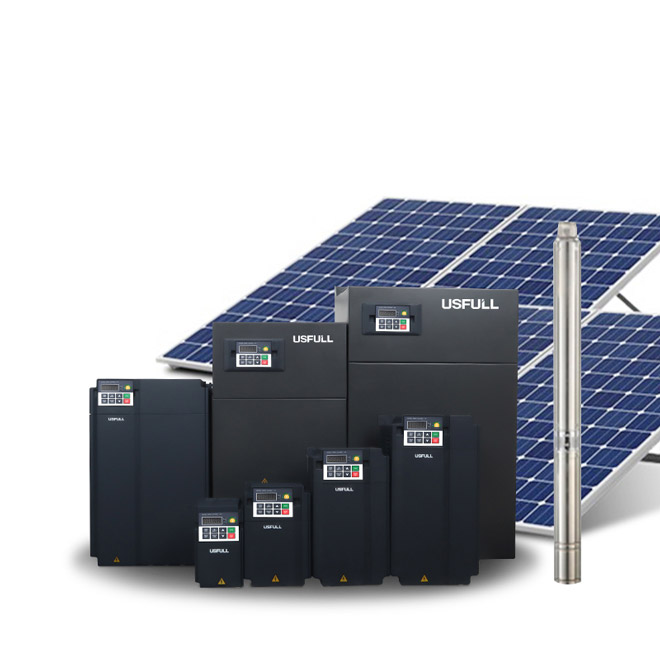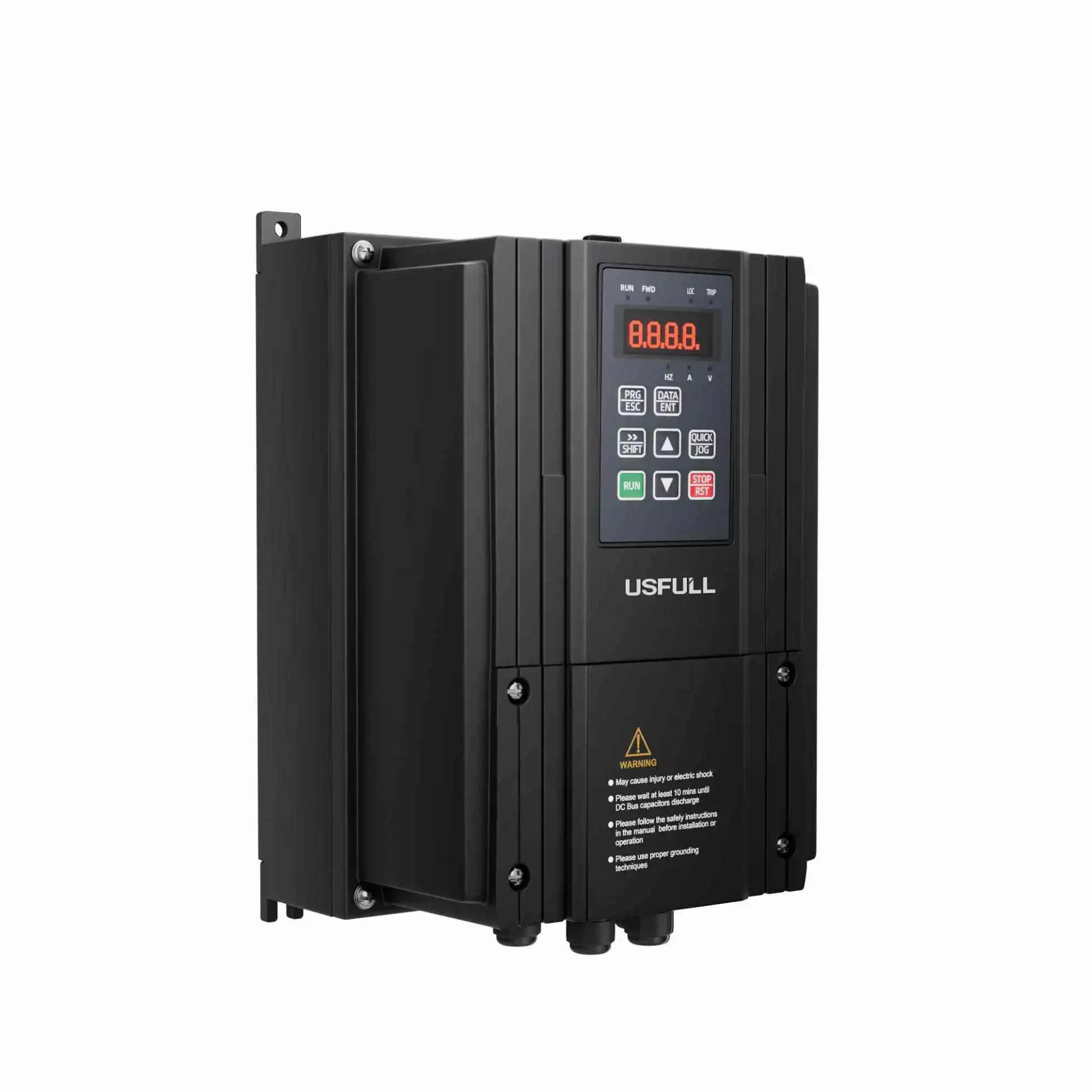Gut begonnen ist halb getan: Entwurf eines Solarkraftwerks
Mit der richtigen Politik zur Förderung umweltfreundlicherer Stromerzeugungsquellen wurden in Indien bereits mehrere Projekte durchgeführt, und weitere sind in Planung. Viele Faktoren haben zum Erreichen dieses Meilensteins beigetragen, aber auf der Ebene der Anlagen stehen noch einige neue Herausforderungen an. Es setzt sich zunehmend die Erkenntnis durch, dass die Planung von Solarkraftwerken einer der wichtigsten Faktoren für den Gesamterfolg ist und höchste Aufmerksamkeit verdient.
Typische Design-Probleme
Betriebs- und produktionsbezogene Effizienzfaktoren müssen bei der Planung von Solarkraftwerken genau bewertet werden, wenn mit den massiven Investitionen die gewünschte Leistung erzielt werden soll. Die Leistung einer Anlage hängt von verschiedenen Aspekten ab, z. B. Art, Qualität und Größe der Module, Standort der Anlage, Tageszeit, Wetter usw. Mit der Zeit verschlechtert sich auch die Leistungsfähigkeit der Solarzellen und -module. Es ist eine Herausforderung für den Konstrukteur, die maximale Leistung der Solarzellen so lange wie technisch und logistisch möglich aufrechtzuerhalten. Die Leistungsabgabe von Solarzellen hängt von zahlreichen Faktoren ab, die alle bei der Anlagenplanung eine Rolle spielen. Die Einspeisung von Solarenergie ist der größte Einzelfaktor, der die Leistung einer Anlage bestimmt, auch wenn andere Elemente eine Rolle spielen können. Er beeinflusst auch die gesamte finanzielle Gleichung der Anlage. Die Photovoltaikzelle wandelt die Photonen in Elektronen um, und die Effizienz der Umwandlung hängt von der Qualität des für die Herstellung der Zelle verwendeten Materials ab. Er ist ein Schlüsselaspekt bei der Planung von Solarkraftwerken, und es wird weiter festgestellt, dass das Material, das an Standorten mit hellerem Sonnenlicht den gewünschten Wirkungsgrad erzielen könnte, an Standorten mit mehr bewölkten Tagen im Jahr eine andere Leistung erbringen kann. Die Verwendung von amorphem Silizium und polykristallinen Schichten in den Solarzellen führt zu einer relativ höheren Leistung.
Die Lösung
Das Design von Solarkraftwerken zielt auch darauf ab, den geografischen Standortnachteil der Anlage zu minimieren, indem die Paneele bzw. Systeme mehrachsig gekippt und nachgeführt werden können. Die Entladung der Batterie an bewölkten Tagen oder in der Nacht wird einfach durch Sperrdioden verhindert, wobei auch technologisch intelligentere Systeme verfügbar sind. Integrierte Schaltkreise (ICs) auf der Grundlage des Maximum Power Point Tracking (MPPT) sind attraktiver und flexibler in der Leistungssteuerung. Diese sind dafür bekannt, dass sie den Ertragsverlust um etwa 60% reduzieren.
Anlagenplaner streben heute nach zukunftsfähigen und zukunftssicheren Konstruktionen. Das Anlagendesign bestimmt nicht nur die Effizienz der Anlage, sondern lässt auch wenig Spielraum für Änderungen, wenn es einmal umgesetzt ist. Daher ist sie umso wichtiger.




